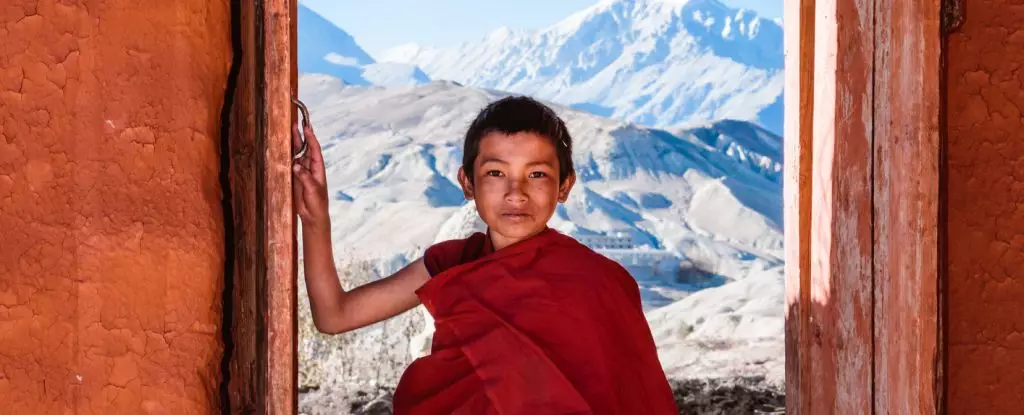Humans are remarkable beings molded by their environment over millennia. One of the most intriguing facets of our evolutionary journey is our ability to adapt to various climates and altitudes. As the scientific community continues to explore these adaptations, the case of human populations residing in high-altitude environments serves as a powerful illustration of natural selection at work.
High altitudes pose significant physiological challenges. Decreased atmospheric pressure leads to lower oxygen availability, complicating respiration and posing risks of altitude sickness. While many may struggle in such environments, communities on the Tibetan Plateau demonstrate an unusual resilience. For over 10,000 years, they have thrived in regions where oxygen levels diverge sharply from those of lower altitudes. The phenomenon isn’t merely geographical; it can be viewed through the lens of biological evolution, showcasing how humans have adapted phenotypically to survive under duress.
Hypoxia, a state wherein insufficient oxygen reaches the body’s tissues, presents a formidable obstacle for those living at high altitudes. While common physiological responses to low oxygen levels can be detrimental in extreme cases—such as altitude sickness—Tibetans have developed unique adaptations that enhance their ability to thrive. Cynthia Beall, an anthropologist, has meticulously documented these adaptations, highlighting that they provide an extraordinary glimpse into human resilience and evolution.
Beall’s research emphasizes the interplay between genetics and environmental pressures. As populations have lived and reproduced in high-altitude conditions, favorable genetic traits have been selected through natural selection. In this regard, reproductive success becomes a key indicator of evolutionary fitness—those capable of bearing and raising healthy offspring are the ones who pass on their genetics to subsequent generations.
The fascinating aspect of Beall’s study lies in its focus on reproductive success as a metric for adaptation. The research analyzed 417 Nepalese women aged 46 to 86, all of whom have spent their lives at significant altitudes. Many variables were assessed, including the number of live births, levels of hemoglobin, and the overall capacity of blood to transport oxygen. Results unveiled striking correlations: women who had an ideal balance of hemoglobin levels and exceptional oxygen saturation exhibited higher reproductive success.
What stands out in these findings is the unexpected nature of optimal adaptation. Contrary to previous studies that suggested elevated hemoglobin levels directly correlate to better oxygen transport efficiency, the latest research demonstrated a nuanced form of balance. It appears that having average hemoglobin levels, combined with exceptionally high oxygen saturation, allows these women to deliver oxygen without taxing their cardiovascular systems.
Furthermore, it emerged that women with higher rates of pulmonary blood flow and more capacious heart chambers also contribute significantly to this adaptive success. It illustrates not only a signal of evolution but also the intricacy of physiological changes that facilitate living in environments with limited oxygen.
While physiological adaptations play a crucial role, cultural practices also influence reproductive outcomes. There is an observable tendency among women who marry early and have long-term unions to experience higher birth rates. This highlights that societal dynamics contribute to reproductive capabilities alongside biological factors.
Nonetheless, even when accounting for cultural circumstances, the essential role of physical traits cannot be overlooked. Women in high-altitude Nepal exhibiting traits similar to those found in lower altitude populations tend to have the highest reproductive success. This observation reinforces the idea that while the environment introduces pressures that drive natural selection, human physiology remains adaptable.
The exploration of human adaptation in high-altitude environments reveals a captivating story of survival, resilience, and the intricacies of natural selection. As researchers like Cynthia Beall continue to illuminate the pathways through which humans have evolved, we gain insight not only into our species’ past but also our potential future.
This ongoing adaptation signifies that humans are still very much “cooking” in the evolutionary pot. As our habitats continue to change, our bodies will inevitably respond in kinds—adaptive traits won’t cease to emerge, offering an ever-evolving narrative about what it means to be human in the face of environmental challenges.


Leave a Reply